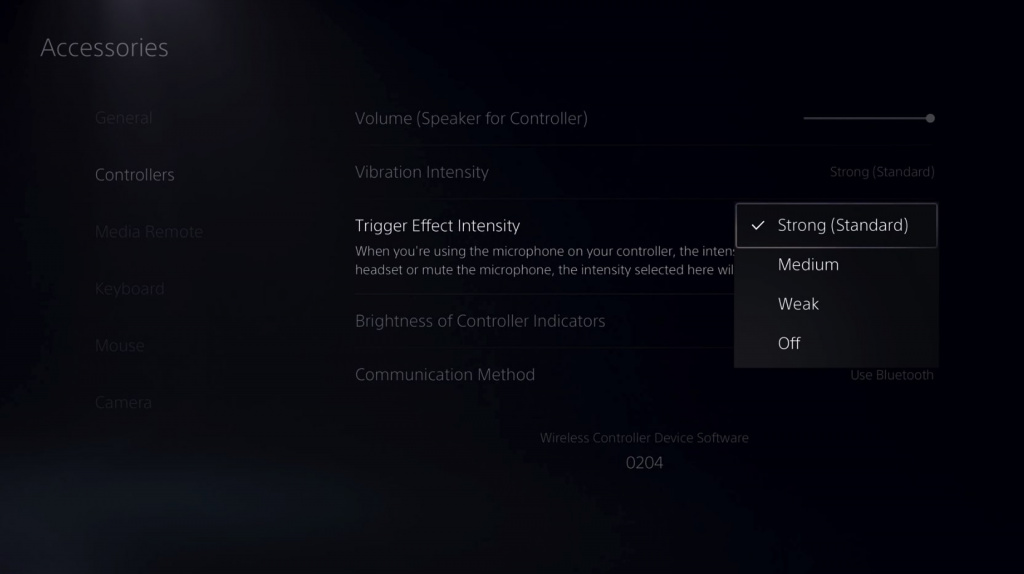
Big Data QA Tester Engineer role extends to different domains when the organization chooses to change a little and get better itself to an improved technology. It helps in storing and handling huge amounts of data in a faster and Big data QA Tester training (producing a lot for a given amount of money) manner. With no z-index, things do stack pretty much in DOM order but with positioned stuff above, but it’s also worth mentioning that floats are also brought in front of non-floats (but behind the positioned boxes).īig Data is a combination of online running applications on a huge scale built of (something of value) hardware. You first paint everything in the stacking context back-to-front in the proper order, then slap the whole result in whereever it belongs when you come to paint its parent context. If you think in terms of the “painters algorithm”, where objects are painted onto a scene back-to-front, then a stacking context is like a painting within a painting. Elements from different stacking contexts are therefore never interleaved in the final stacking order (this is what the spec means when it says stacking contexts are “atomic”). That entire stacking context has a stacking position within its stacking context that’s determined by its z-index property and those of its siblings in that parent stacking context. The main point about stacking contexts is that z-index can be used to rearrange the stacking order of elements only inside their own stacking context. Just being position: relative doesn’t start a stacking context. In your illustration, “not child” will only be on top if the green box starts a stacking context, for which it needs z-index of anything except auto (or opacity of anything except 1.0). If an element B sits on top of element A, a child element of element A can never be higher than element B.” “Also note that nesting plays a big role. Note that older version of IE get this context stuff a bit screwed up.

If an element B sits on top of element A, a child element of element A can never be higher than element B. Elements with non-static positioning will always appear on top of elements with default static positioning.Īlso note that nesting plays a big role. Without any z-index value, elements stack in the order that they appear in the DOM (the lowest one down at the same hierarchy level appears on top).

Absolutely positioned elements overlap each other. Negative margin has pulled the element over another. z-index only affects elements that have a position value other than static (the default).Įlements can overlap for a variety of reasons, for instance, relative positioning has nudged it over something else. As in, which one appears as if it is physically closer to you. The z-index property in CSS controls the vertical stacking order of elements that overlap.


 0 kommentar(er)
0 kommentar(er)
